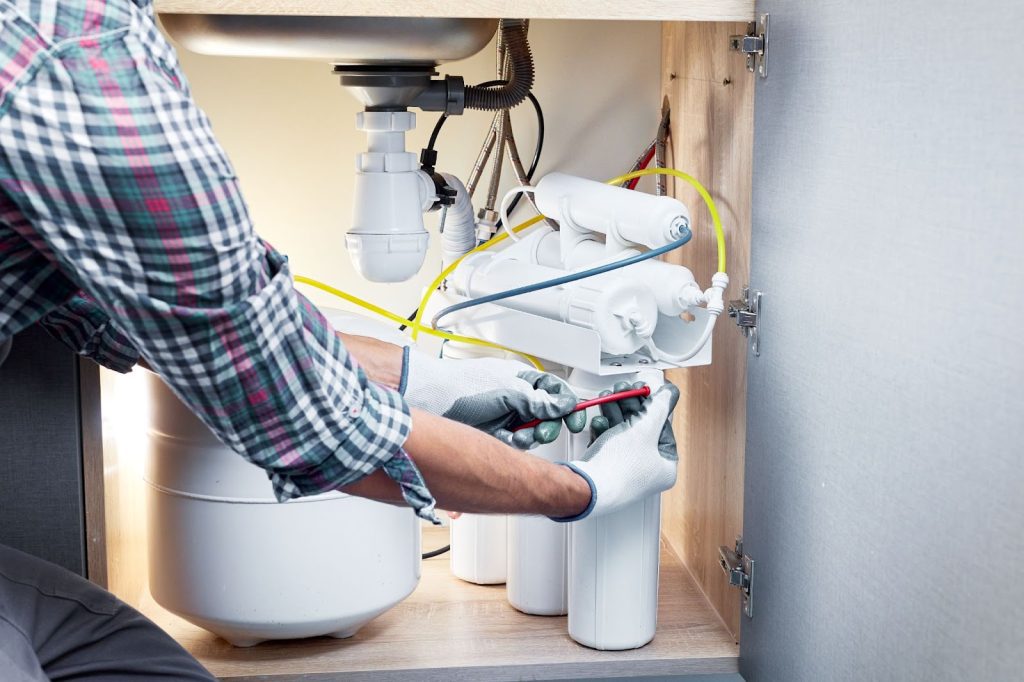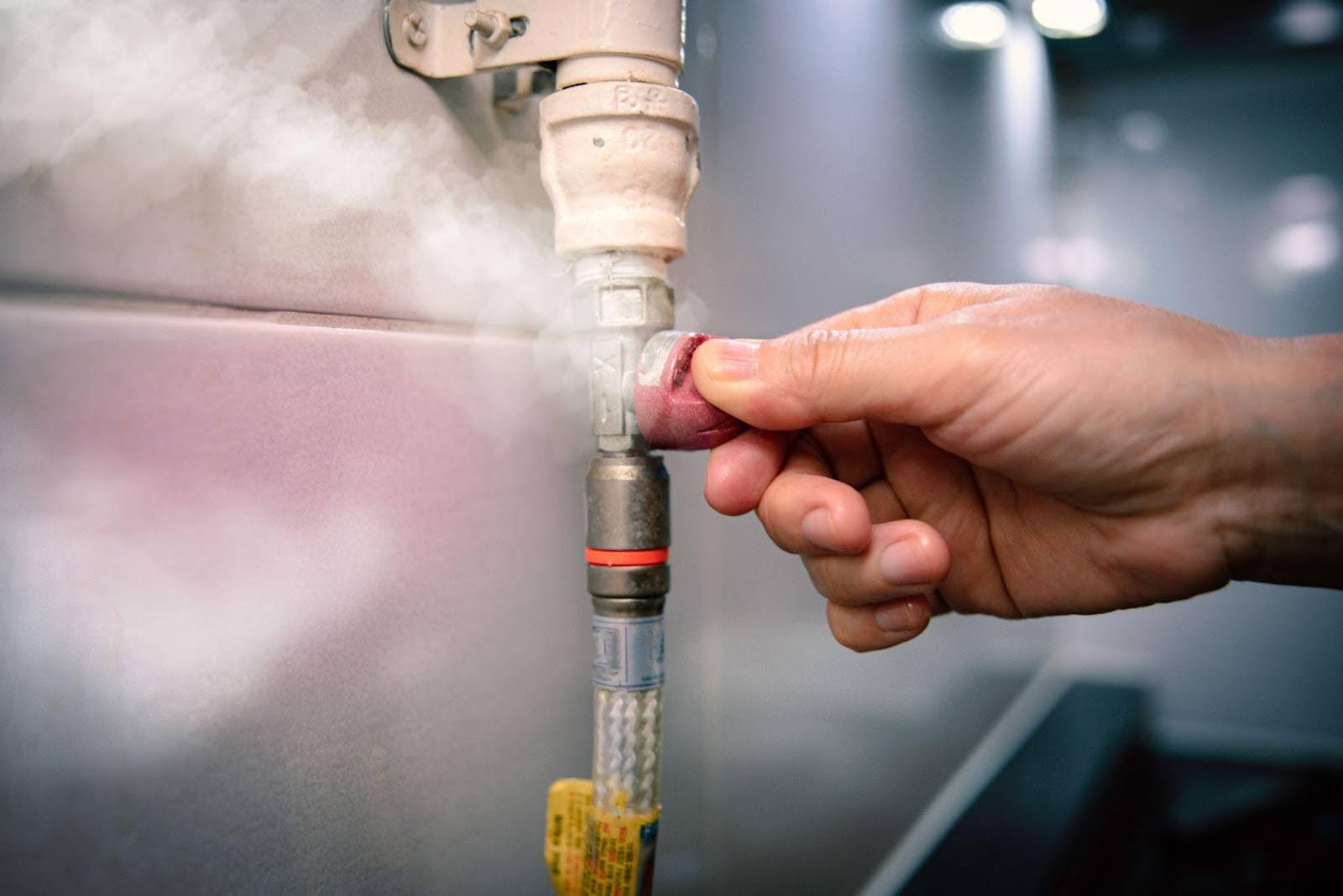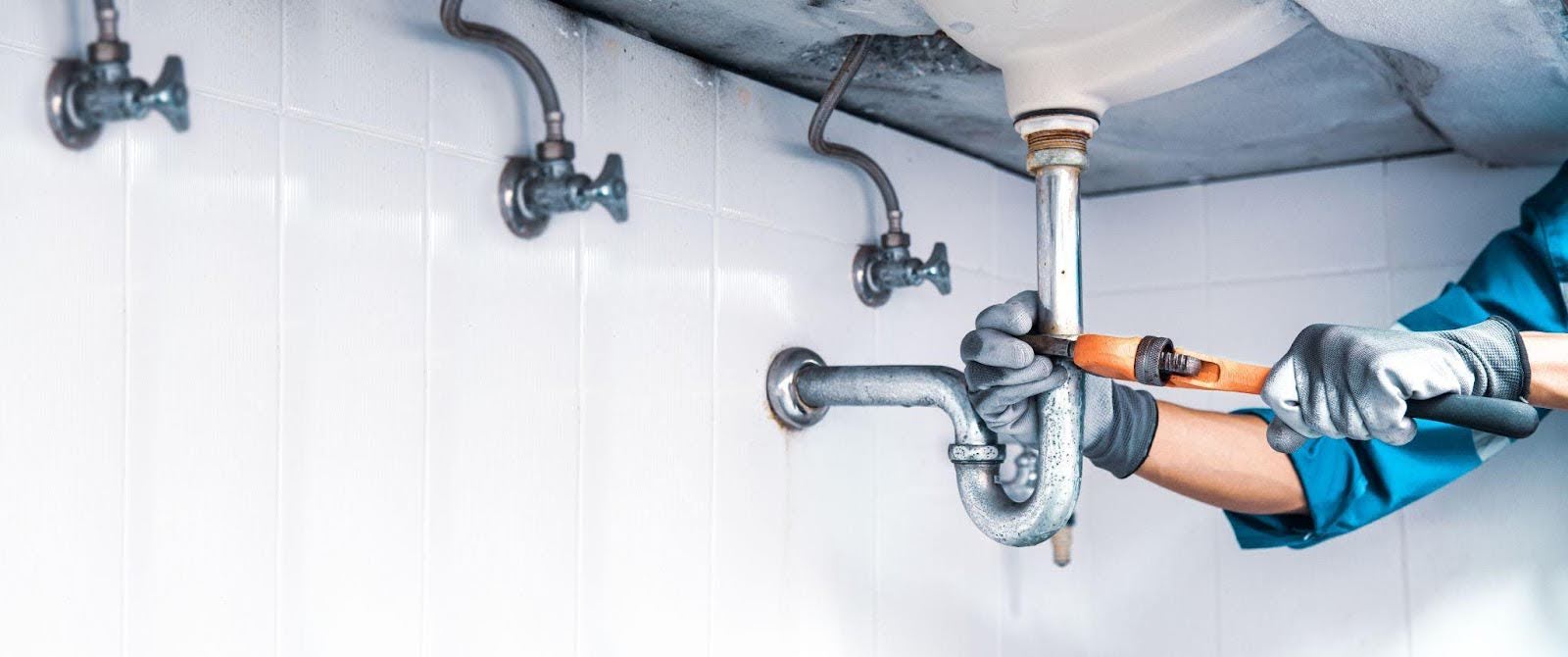Water treatment systems involve several techniques and processes to remove contaminants and make water suitable for its intended use. For residential users, this means ensuring that the water flowing from our taps is free from harmful chemicals and pathogens. For industrial and commercial users, it’s about meeting specific water quality standards critical to their operational requirements.
Whether you’re a homeowner looking to understand your home water system better or a business needing to comply with health regulations, water treatment has something to offer everyone. Let’s explore how this vital process keeps our water systems efficient and effective.
What is water treatment?
Water treatment is the process of making water safe for its intended use, whether for drinking, industrial applications, or environmental management. The primary goals of water treatment involve removing contaminants that could be harmful to people or the environment and improving the water’s overall quality to meet specific standards.
Why is water treatment necessary?
Environmental reasons
Treating water is critical in protecting ecosystems from pollutants that cause harm to wildlife and natural habitats. Clean water supports biodiversity, maintains the health of aquatic ecosystems, and ensures the sustainability of our natural environment.
Health reasons
For individuals, access to clean water is crucial for health and well-being. Untreated water can be a carrier of diseases such as cholera, dysentery, and typhoid, transmitted through pathogens in contaminated water. Water treatment eliminates these pathogens, drastically reducing the incidence of waterborne diseases and protecting communities.
Economic reasons
On an economic level, water treatment is instrumental in supporting industries and agriculture, which require consistent and safe water supplies to operate efficiently. Properly treated water minimizes corrosion and scaling in machinery, extending the lifespan of equipment and reducing maintenance costs.
Treating wastewater makes it reusable, significantly reducing water acquisition costs for businesses and contributing to more sustainable water management practices.
Understanding the multifaceted importance of water treatment helps stakeholders from all sectors appreciate the benefits and necessity of investing in effective water treatment systems. Whether safeguarding public health, protecting the environment, or enhancing economic efficiency, water treatment supports our society’s functioning.
The water treatment process
Water treatment incorporates a variety of methods tailored to remove contaminants and improve water quality for specific uses. Some of the most common methods include:
Filtration
This process involves passing water through filters to remove particles and impurities. Filters vary widely, from simple cloth to advanced activated carbon or sand filters, depending on what contaminants need removal.
Distillation
In distillation, water is boiled, and the steam is captured and condensed back into liquid form. This method is excellent for removing minerals and microbes as they are left behind when the water vaporizes.
Chlorination
Adding chlorine to water is a time-tested method to kill bacteria, viruses, and other pathogens. It’s effective and economical, making it a popular choice for large-scale municipal water systems.
Ultraviolet Treatment
UV light disinfects water by breaking down harmful pathogens’ genetic material. This method is highly effective against bacteria and viruses without adding chemicals to the water.

Step-by-Step Process
The water treatment process typically follows several key stages to transform raw water into safe, potable water:
1. Coagulation and flocculation
These are the first steps in the water treatment process. Chemicals with a positive charge are added to the water. The positive charge of these chemicals neutralizes the negative charge of dirt and other dissolved particles in the water. Once neutralized, the particles bind with the chemicals to form larger particles, called flocs.
2. Sedimentation
Due to their weight, flocs settle to the bottom of the water supply during sedimentation. This settling process is called sedimentation.
3. Filtration
Once the flocs have settled, the clear water on top will pass through filters of varying compositions (sand, gravel, and charcoal) and pore sizes to remove dissolved particles, such as dust, parasites, bacteria, viruses, and chemicals.
4. Disinfection
After the water has been filtered, a disinfectant (like chlorine or ultraviolet light) may be added to kill any remaining bacteria, viruses, and parasites and protect the water from germs when piped to homes and businesses.
By understanding these processes, you gain insight into how water treatment makes water safe for various needs, ensuring it is free from contaminants and safe for consumption. Each stage of the treatment process plays a crucial role in ensuring that the final water supply meets quality standards and is healthy for everyday use.
Types of water treatment systems
Water treatment systems vary significantly between municipal and residential applications, each designed to meet different scales and requirements of use.
Municipal systems
Large-scale municipal water treatment facilities are engineered to provide safe drinking water to entire communities. These systems typically handle vast volumes of water and employ a complex sequence of treatment stages, including advanced filtration, coagulation, flocculation, sedimentation, and multiple forms of disinfection.
Municipal systems must adhere to stringent regulatory standards to ensure the water’s safety and quality before it reaches households.
Residential systems
On the other hand, residential water treatment systems are usually smaller and more focused on addressing specific water quality issues within a home. These might include under-sink filters, countertop units, or whole-house systems that treat all the water entering a residence.
Common residential water treatments include carbon filtration for improving taste and removing odors, water softeners for reducing hardness, and simple UV filters for disinfection.
Innovative water treatment technologies
As technology advances, so do the methods we utilize to purify and treat water more effectively and efficiently. Two of the most exciting innovations in water treatment are:
Reverse osmosis (RO)
This technology uses a semi-permeable membrane to remove ions, unwanted molecules, and larger particles from drinking water.
By applying pressure to overcome osmotic pressure, reverse osmosis can remove many types of dissolved and suspended chemical species and biological ones, making it incredibly effective for creating clean drinking water from nearly any source.
Ozonation
This method involves the infusion of ozone, a powerful oxidizing agent, into water. Ozonation provides a chemical-free way to disinfect water, effectively killing bacteria, viruses, and other pathogens without leaving any toxic residuals. It’s increasingly popular not only for its effectiveness but also for its environmental friendliness.
Understanding the differences between municipal and residential water treatment systems and keeping an eye on emerging technologies empowers consumers and communities to make informed decisions about their water treatment strategies. These technologies ensure the safety and palatability of our water and contribute to the sustainability of water resources globally.

Implementing a water treatment system at home
Selecting the ideal water treatment system for your home starts with understanding your specific water quality needs and the size of your household.
Begin by testing your water to identify any contaminants that may be present, such as heavy metals, chlorine, bacteria, or sediments. This assessment will help determine which system is most effective for your situation.
For instance, a water softener might be necessary if you’re dealing with hard water. At the same time, a reverse osmosis system could be better suited for a wide range of contaminants, including pesticides and fluoride.
Additionally, consider the water usage of your household. Larger families or homes with higher water consumption might benefit from whole-house systems that treat water at the point it enters your home, ensuring all water is treated before use.
In contrast, smaller households or those looking for a cost-effective solution might opt for point-of-use systems, such as under-sink or countertop filters.
Installation tips
Installing a home water treatment system varies based on the type of system you choose
Read the Manufacturer’s Instructions: Always start with a thorough read of the installation instructions provided by the manufacturer. This can save you a lot of time and prevent common mistakes.
Gather Necessary Tools: Most installations require basic tools such as wrenches, screwdrivers, and maybe a drill. Ensure you have everything you need before you start.
Seek Professional Help if Necessary: Consider hiring a professional for more complex systems, especially those that involve changes to your plumbing system, like whole-house filters or softeners. This ensures that the system is installed correctly and operates effectively.
Maintenance and Care
Regular maintenance is crucial to ensure the long-term effectiveness and efficiency of your water treatment system. Each type of system will have its own specific maintenance requirements, which can include:
- Regular filter changes: For systems that use filters, such as reverse osmosis or carbon filters, regular replacement of filters according to the manufacturer’s guidelines is vital to maintain effectiveness.
- System checks: Periodically check the system for any leaks or signs of wear. This includes checking hoses, fittings, and storage tanks in systems that include one.
- Professional servicing: For complex systems like whole-house treatment setups, annual checks by a professional can help maintain the system’s efficiency and prolong its lifespan.
By carefully selecting, properly installing, and diligently maintaining a water treatment system, you significantly improve the quality of your home’s water supply. This contributes to the health and well-being of your household but also enhances the overall functionality and value of your water-using appliances.
Challenges and considerations in water treatment
Handling contaminants
Effectively removing contaminants from water presents various challenges, depending on the type of impurity.
Chemical pollutants, such as pesticides and industrial solvents, require advanced filtration techniques like activated carbon filters or reverse osmosis to capture and remove.
Biological agents, including bacteria and viruses, often necessitate disinfection methods such as chlorination or ultraviolet treatment to ensure they are rendered harmless.
Inorganic materials like lead and arsenic need specific media filters that chemically transform these contaminants into less harmful substances or trap them effectively.
Each type of contaminant demands a tailored approach for effective removal and to ensure that the treatment process does not inadvertently introduce new contaminants or by-products into the water. This complexity underscores the importance of a comprehensive water testing regime to identify which contaminants are present before deciding on the most appropriate water treatment solution.
Regulatory and safety considerations
Water treatment regulations influence everything from the types of chemicals used in treatment processes to the disposal methods for contaminated filters and residues. Familiarity with local, state, and federal regulations is essential for any water treatment system, whether residential or municipal, to ensure legal compliance and protect public health.
Additionally, safety precautions are paramount in handling water treatment systems. This includes proper handling and storage of chemicals used in the treatment process, regular maintenance of equipment to prevent leaks or malfunctions, and adherence to safety protocols to protect the treated water’s operators and end-users.
Understanding these challenges and considerations is key to successful water treatment strategies. It ensures the effectiveness of the water purification process as well as the safety and compliance of the system with regulatory standards. By addressing these elements proactively, you will enhance the reliability and safety of your water treatment operations.

Salisbury Plumbing
Ensuring the effectiveness and safety of your water involves much more than simply installing the right equipment. It requires ongoing vigilance in maintenance, a thorough understanding of contaminants, and adherence to complex regulatory standards. For those ready to enhance or establish their water treatment capabilities, partnering with an expert makes all the difference.
Salisbury Plumbing is a leader in this field, offering tailored solutions that meet the unique needs of both residential and commercial clients. Our deep industry knowledge ensures your system meets legal requirements and operates efficiently, providing safe, clean water.
Don’t hesitate to contact Salisbury Plumbing or call 385-442-5687 if you’re seeking a partner who will prioritize your needs and help maintain the integrity of your water supply. Our dedication to customer satisfaction and proven track record in the industry make us a reliable choice for any water treatment project.
toto slot






